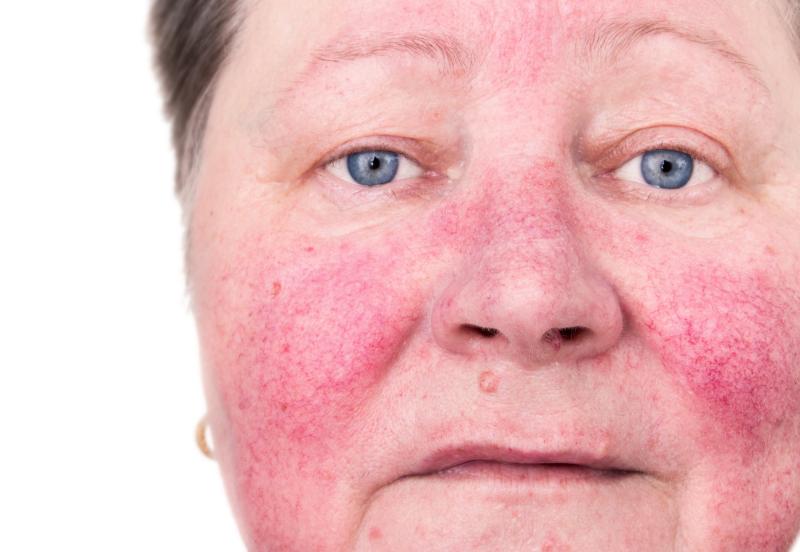
Standard α-HPV vaccination appears to reduce the burden of actinic keratosis (AK) in individuals with multiple lesions, according to the VAXAK trial.
VAXAK trial was a double-blind, randomized sham-controlled clinical trial that included 70 immunocompetent adults (median age 75.50 years, 67 percent male) with at least 15 clinical AK lesions in a 50100 cm2 test area on the head, trunk, or extremities.
The participants were randomly assigned to receive 9-valent alpha-papillomavirus vaccine (n=35; median age 75 years, 71 percent male) or sham vaccine composed of isotonic sodium chloride solution (n=35; median age 77 years, 63 percent male). Treatment was administered intramuscularly at 0, 2, and 6 months. Thick AK lesions (Olsen grade II-III) were subjected to cryotherapy at months 6 and 9.
For the primary outcome, researchers measured the percentage reduction in baseline AKs at 2, 6, 9, and 12 months after first vaccination. Secondary outcomes were total AK number, thick lesions, new AKs, and rate of incident keratinocyte carcinomas over 12 months. A total of 69 participants completed the study.
Across all time points, the HPV vaccine group showed consistently greater median AK reductions compared with the sham group (month 2: 35 percent vs 25 percent; p=0.03; month 6: 47 percent vs 29 percent; p=0.01; month 9: 58 percent vs 42 percent; p=0.09; month 12: 58 percent vs 47 percent; p=0.05).
Accordingly, median total AK numbers were lower in the HPV vaccine group (month 6: 14.00 vs 17.00; p=0.01; month 12: 10.00 vs 16.00; p=0.02), as was the median number of thick AKs (month 6: 5.00 vs 6.50; p=0.02; month 12: 3.00 vs 5.00; p=0.049).
The rates of new AKs (1–2 per month) or keratinocyte carcinomas overall or per participant were similar between the HPV vaccine and sham groups during the 12-month trial.